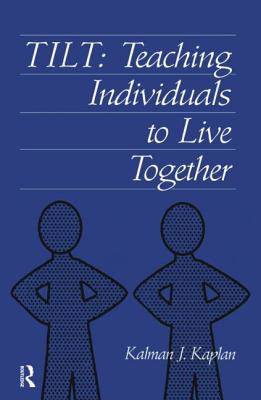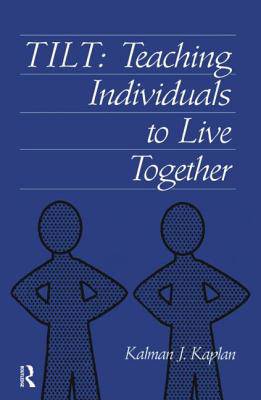
- Afhalen na 1 uur in een winkel met voorraad
- Gratis thuislevering in België vanaf € 30
- Ruim aanbod met 7 miljoen producten
- Afhalen na 1 uur in een winkel met voorraad
- Gratis thuislevering in België vanaf € 30
- Ruim aanbod met 7 miljoen producten
Zoeken
Omschrijving
An alternative to existing bipolar choices, this book looks at individuals and their distances from the self (individuation-deindividuation) and from others (attachment-detachment). Simultaneously theoretical, empirical, and applied, this book can be reasonably applied to all types of individuals involved in interpersonal situations regardless of culture, age, gender, or sexual orientations. Broken into four parts, In the first part, Definitions and Measurements, the author includes an introduction to the Individuation-Attachment Questionnaire. Implications of TILT for Individuals is the basis for part two and includes a view of TILT across the life span. The next section extends the analysis to TILT for Couples and Families. The clinician, counselors, and individuals attempting to help himself/herself are addressed in the final part: TILT for the Clinician and includes application of TILT to everyday life. The text brings to life, through extensive description, the questions and situations consistently raised in couples therapy: space-too much or not enough. TILT: Teaching Individuals To Live Together presents a unique model of individuation and attachment and was developed to facilitate the understanding of the complex relationship between these two developmental processes across the life span. The model shows how we gradually develop our boundaries and hence reduce the need for defensive interpersonal walls. The TILT Model has applications in the fields of therapy, education, and organizational development. Thus, it will be of interest to mental health professionals including psychotherapists, psychologists, counselors, social workers, and marriage and family therapists. Practitioners of transactional analysis will find this book of supreme interest and usefulness.
Specificaties
Betrokkenen
- Auteur(s):
- Uitgeverij:
Inhoud
- Aantal bladzijden:
- 264
- Taal:
- Engels
Eigenschappen
- Productcode (EAN):
- 9780876309285
- Verschijningsdatum:
- 1/08/1998
- Uitvoering:
- Paperback
- Formaat:
- Trade paperback (VS)
- Afmetingen:
- 155 mm x 228 mm
- Gewicht:
- 403 g

Alleen bij Standaard Boekhandel
+ 108 punten op je klantenkaart van Standaard Boekhandel
Beoordelingen
We publiceren alleen reviews die voldoen aan de voorwaarden voor reviews. Bekijk onze voorwaarden voor reviews.











